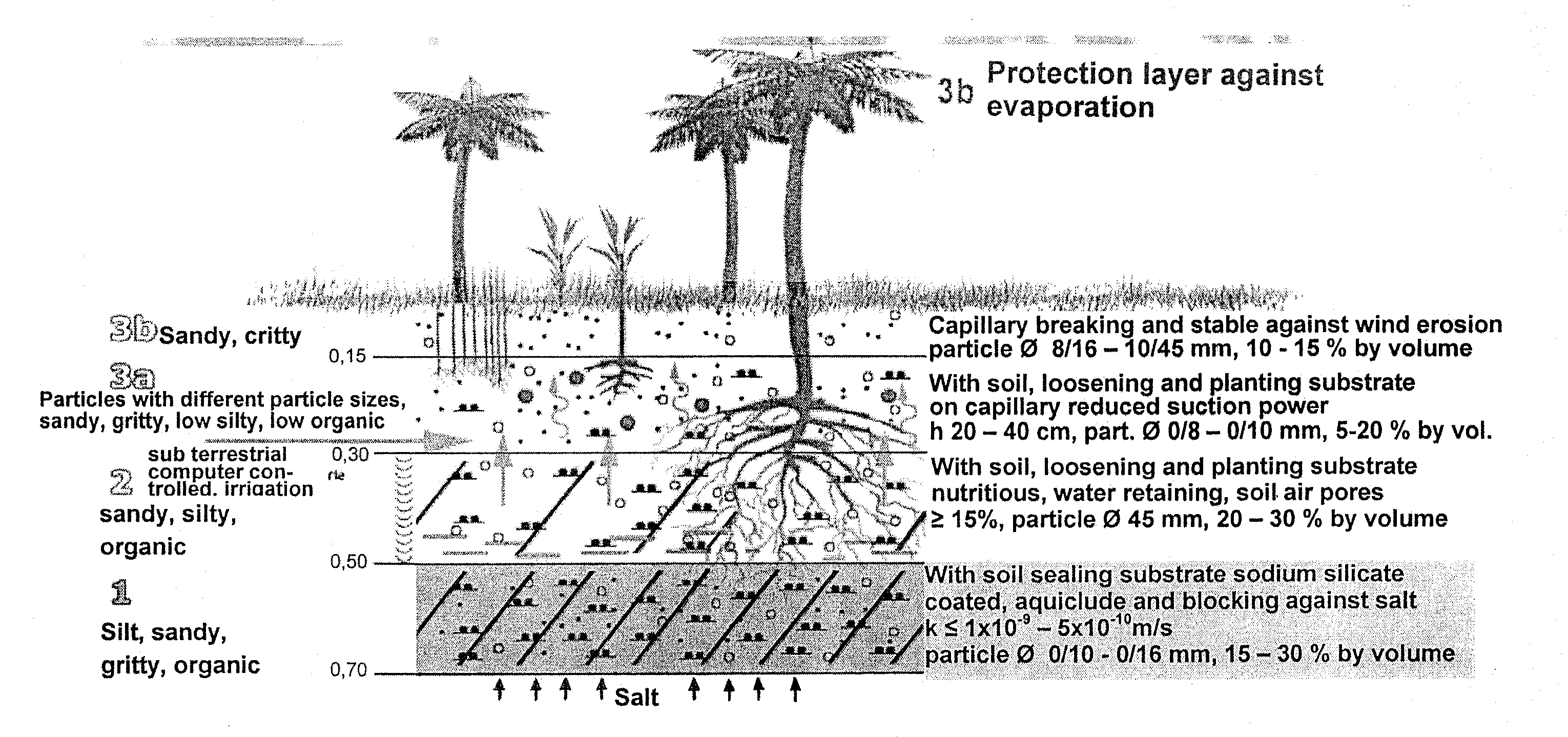Method for recycling of synthetic material containing waste
a synthetic material and waste technology, applied in the field of synthetic material recycling, can solve the problems of large waste disposal problems of synthetic materials containing wastes, further significant cosub>2 /sub>emissions harmful to the climate, and achieve the effects of avoiding crack formation, limiting the structural stability of slopes, and high sorption behaviour
- Summary
- Abstract
- Description
- Claims
- Application Information
AI Technical Summary
Benefits of technology
Problems solved by technology
Method used
Image
Examples
Embodiment Construction
[0023]In the following initially fields of application of the inventive method are generally explained then special embodiments are exemplified for consolidation. It shall be understood that aspects of an individual embodiment can also be applied in other embodiments even if this is not explicitly mentioned. On the other hand not all features of the method explained in the context of a following embodiment are mandatory for the execution of the method.
[0024]In the course of the worldwide required climate protection and of the environmental regulations enforce in individual countries that contaminated lands and landfills have to be recultivated. This applies for moderate climatic zones, as for example Central Europe, as well as for arid regions such as South Europe or for large parts in Africa or Asia. In particular, significant efforts have to be done to implement in a big scale in the arid desert regions / steep regions recultivation measures for agricultural plantations, bush planta...
PUM
 Login to View More
Login to View More Abstract
Description
Claims
Application Information
 Login to View More
Login to View More - R&D
- Intellectual Property
- Life Sciences
- Materials
- Tech Scout
- Unparalleled Data Quality
- Higher Quality Content
- 60% Fewer Hallucinations
Browse by: Latest US Patents, China's latest patents, Technical Efficacy Thesaurus, Application Domain, Technology Topic, Popular Technical Reports.
© 2025 PatSnap. All rights reserved.Legal|Privacy policy|Modern Slavery Act Transparency Statement|Sitemap|About US| Contact US: help@patsnap.com


